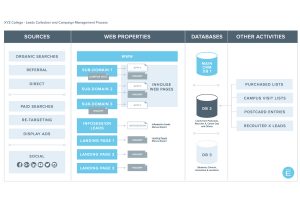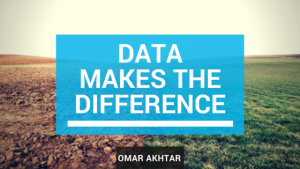
How Spotify gains insight from data based on user listening habits and how the digital marketing team at Elliance makes use of data analytics to inform user experience and marketing campaigns.


How Spotify gains insight from data based on user listening habits and how the digital marketing team at Elliance makes use of data analytics to inform user experience and marketing campaigns.

Find Meaning in Your Social Media Analytics

In recent years, digital marketing has exploded with rapidly changing landscape and technology making tracking and analytics a challenge.

Bob describes a technical hurdle with social media integration while moving blogs from one server to another. Here’s how he solved the problem.

There is an old saying here in Pittsburgh: you can’t get there from here, which refers to the difficulty in getting around due to all of the rivers and streams in the area. I don’t think it’s said to be discouraging, as much as it is said out of laziness — directions tend to be a […]

Businesses spend money on marketing channels to attract right-fit prospects and take a desired action on their website, e.g. make a purchase, request information, download a pdf, sign-up for newsletter, etc… Each of these actions when completed is counted as a ‘goal’. However, most visitors to the website find their way to the goal after […]

When launching a new marketing campaign, especially in Higher Education, tracking code and tag placement on websites, landing pages, blogs, emails and all pieces of the campaign are critical to evaluating campaign effectiveness and success. The process to set up and test this can be very time consuming and challenging. Coordination with the client marketing […]

Higher education institutes are generating data from a variety of sources: CRM data, web analytics, enrollment data, student data, LMS data and alumni data. All this information is causing a data glut where data is being gathered, stored and forgotten due to a variety of reasons. According to EDUCAUSE, data in numerous cases is only […]

Last Thursday, we had an interesting monthly performance report (ROI) meeting with a client. In that process, we made several observations about traffic downturns on a particular program, which defied the historic trend data. At the same time, there seemed to be an across-the-board decline in leads, which also ran counter to seasonal data for […]

As the oldest of six children, I’m a classic “first-born” with all the characteristics that come with that territory. And, because I was the eldest, I was frequently assigned special duties to help my mother run the household. Much of what is most important in ROI, I learned from her. Here are four “mom-isms” that […]